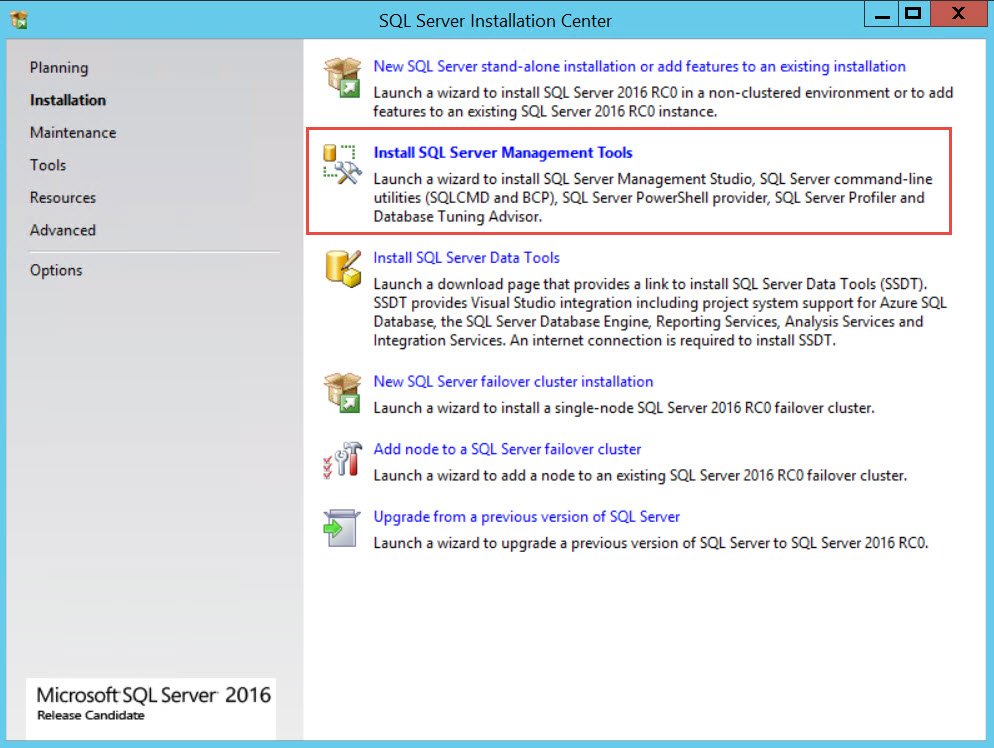
A part of the SQL Server error log file resembles this: 11:50:32.690 Server Microsoft SQL Server 2019 (RTM-CU12) (KB5004524). For the SQL Server application, take note of the process identifier of the Sqlservr.exe process.Īlternatively, use the SQL Server error log file to obtain the process identifier of the SQL Server application running on your computer.

In the Select Columns dialog box, select the PID (Process Identifier) check box, and select OK.On the View menu, select Select Columns.In the Windows Task Manager dialog box, select the Processes tab.Press Ctrl+Alt+Delete, and select Task Manager.Here's how to obtain the process identifier: To generate a dump file by using the Sqldumper.exe utility, you must have the process identifier of the Windows application you want to generate a dump file for. How to obtain a Microsoft Windows application process identifier If you already have files in the folder that have file names in the specified pattern, you may have to compare the date and the time that the file was created to identify the file that you want. In this pattern, is an increasing number that is determined based on other files that have a similar file name in the same folder. The dump file that the Sqldumper.exe utility generates has a file name pattern that resembles the following: SQLDmpr.mdmp If the Sqldumper.exe utility runs successfully, the utility generates a dump file in the folder where the utility is installed. is a placeholder for the process identifier of the Windows application for which you want to generate a dump file. :\Program Files\Microsoft SQL Server\90\Shared\SQLDumper.exe By default, the installation path of the Sqldumper.exe utility is as follows: Run the Sqldumper.exe utility under the context of the folder where SQL Server originally installed the utility. How to run the Sqldumper.exe utility manually DBCC STACKDUMP Transact-SQL (T-SQL) command can be used to generate a dump file in SQL Server.The attached PowerShell script automates SQLDumper.exe command line options.

The article also describes two other methods to generate dump files: This article describes how to use the Sqldumper.exe utility to generate a dump file for Watson error reporting or for debugging tasks. It generates memory dumps of SQL Server and of related processes for debugging purposes. The Sqldumper.exe utility is included with Microsoft SQL Server. Original product version: SQL Server 2019, SQL Server 2017, SQL Server 2016, SQL Server 2014, SQL Server 2012, SQL Server 2008, SQL Server 2005 Original KB number: 917825 Summary This utility is used to generate different kinds of dump files. This article provides general guidelines for the Sqldumper.exe utility that is included with SQL Server.


 0 kommentar(er)
0 kommentar(er)
